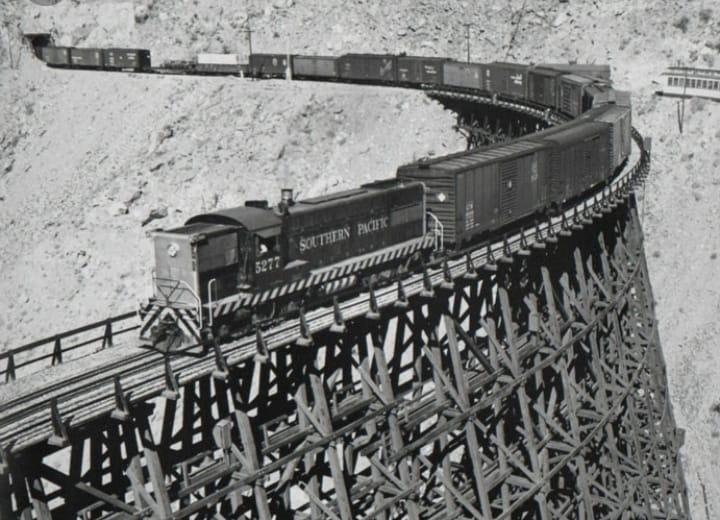NEWPORT BEACH, Calif.—An area encompassing more than 36,000 acres containing more than 27,000 “barrel-like” images lying on the seafloor, stretching between Catalina Island and the coast off Los Angeles, has been documented by marine scientists.
The discovery was made during an expedition led by the University of California–San Diego’s Scripps Institution of Oceanography.





